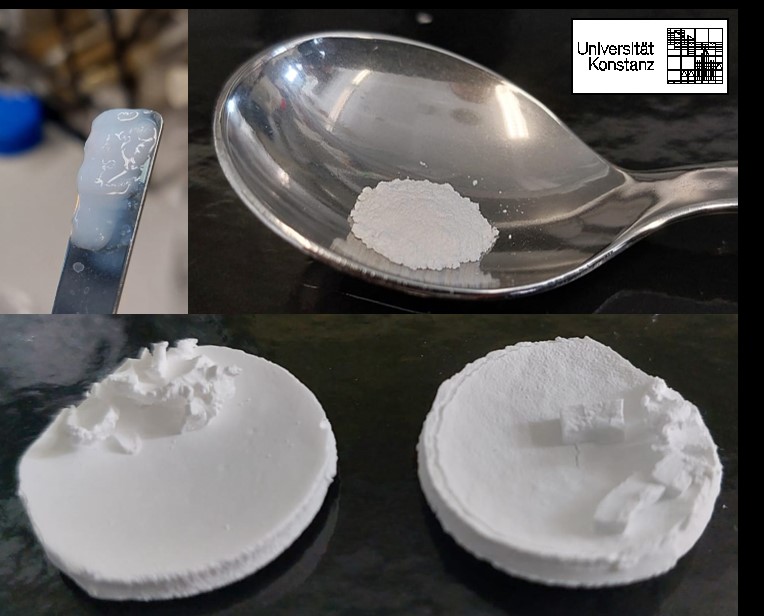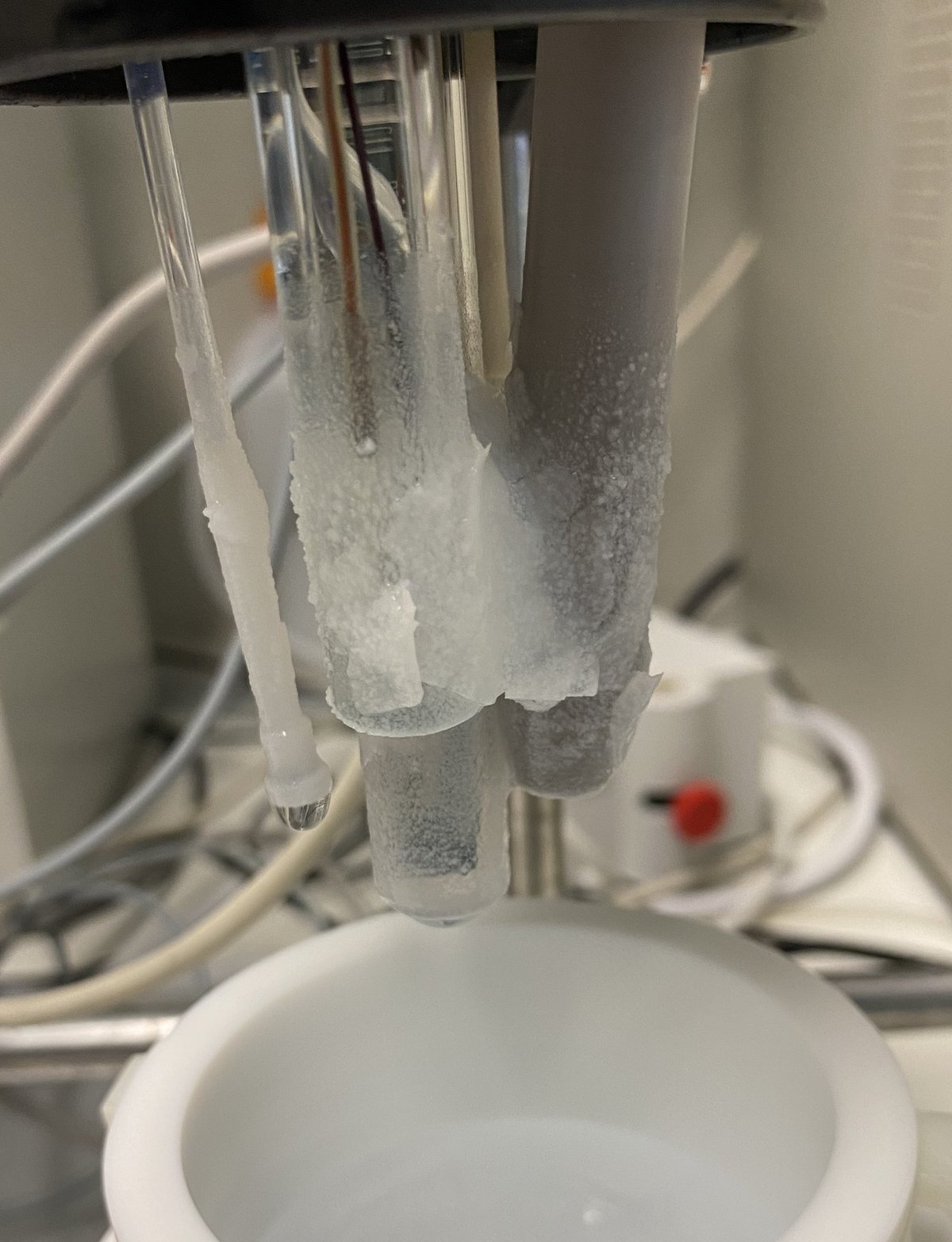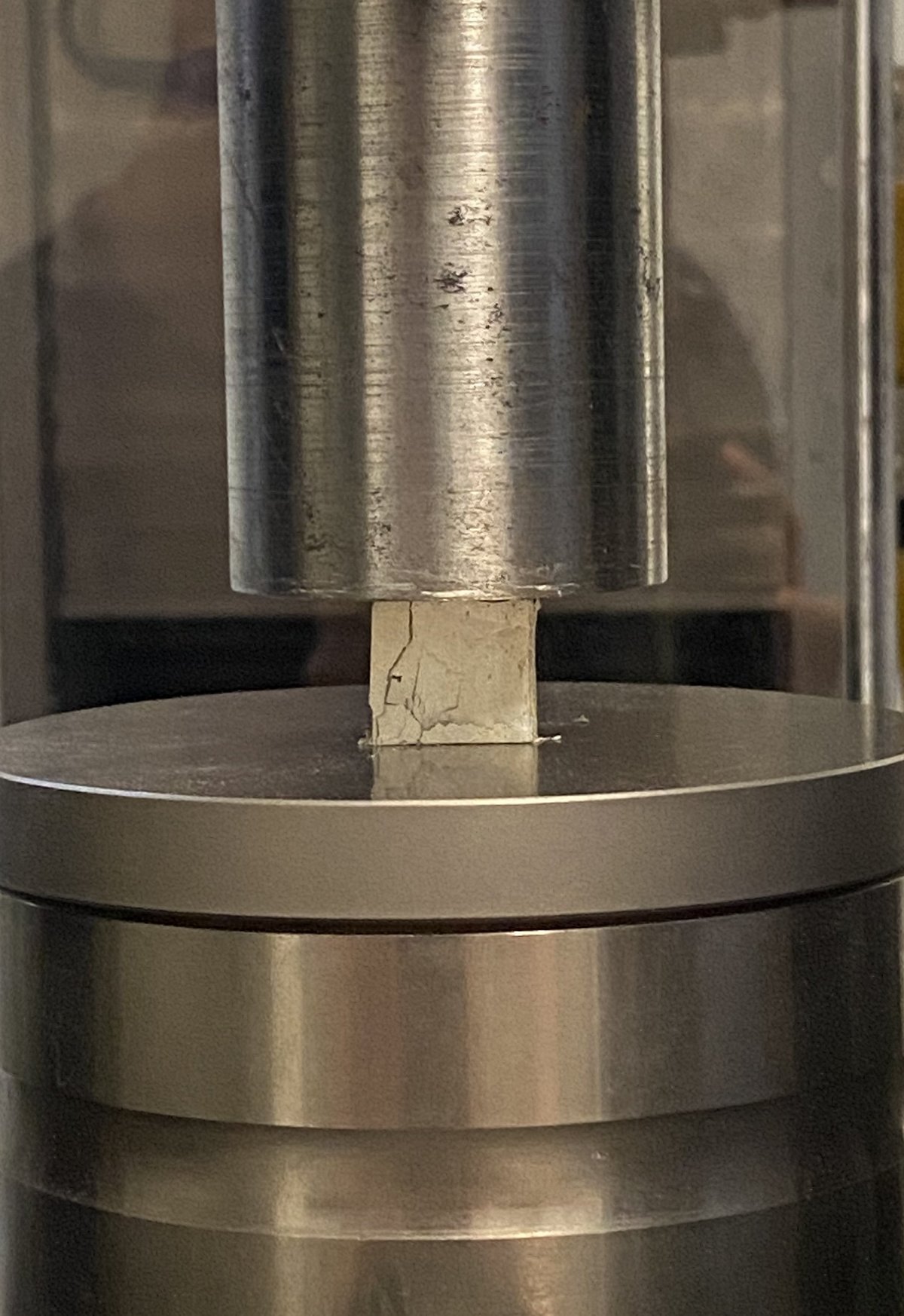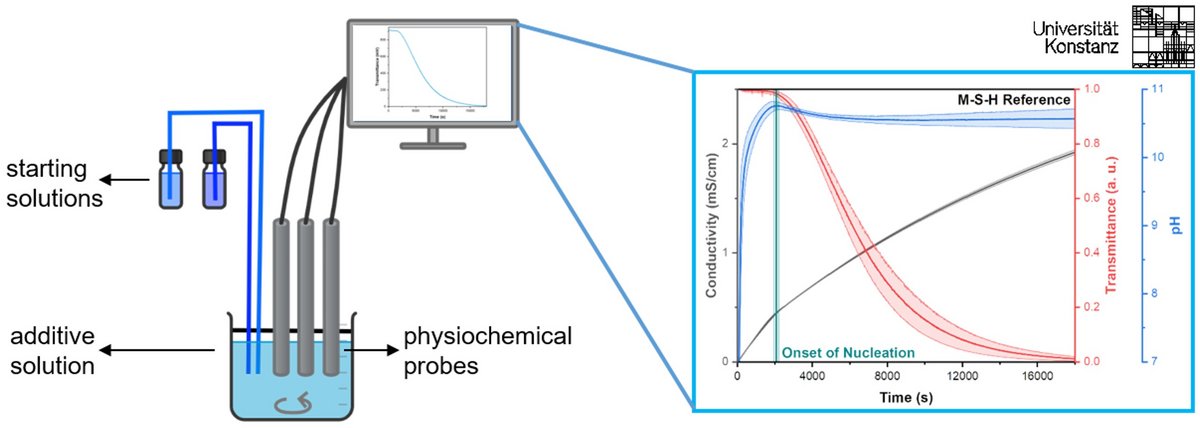Projects
Magnesium oxide-silicate (MgO-silicate) cement presents a promising alternative to ordinary Portland cement (OPC) with the potential to become CO2-neutral, depending on the raw materials and production technologies employed. However, the properties of these cements are not yet fully comparable to those of CaO-based cements. One of the main challenges with MgO-based binders is their high water demand and rapid loss of workability, which arise due to the stronger hydration reactions and more rigid hydration shells of Mg²⁺ ions compared to Ca²⁺ ions. To address these issues, the use of water-reducing agents, set retardants, and accelerators is crucial in maintaining the workability of MgO-based cement blends.

Commercial admixtures like polycarboxylate ethers (PCEs) have shown some success in improving performance, but their effectiveness requires high dosages, which can lead to practical limitations. Moreover, research on the impact of various polymeric additives on the nucleation and growth of key magnesium phases, such as magnesium silicate hydrate (M-S-H), magnesium hydroxide (brucite), and magnesium carbonates, remains limited. This hinders the development and selection of the proper admixture(s) and the optimal dosages, which ensure the workability of MgO-based blends. In this context, novel additives offer significant potential for reducing the water demand of MgO-silicate cement.
This project explores the effects of these additives on the formation of key magnesium phases, particularly M-S-H and brucite, using an automated experimental setup designed to induce homogeneous nucleation. The investigation also extends to heterogeneous phase formation, using MgO and silica fume as raw materials. The primary goal of this project is to identify suitable additive candidates that can enhance the performance and workability of MgO-silicate cement, making it a viable and attractive option for industrial applications.
Project: Understanding the crystallization of cementitious hydrates in LC3 blends

Limestone calcined clay cements (LC3) are emerging as a sustainable alternative to ordinary Portland Cement (OPC), offering significant environmental and economic advantages. These innovative cements capitalize on the synergistic effects between calcined clay and limestone, which serve as supplementary cementitious materials. By integrating these components, LC3 reduces the clinker content to less than 50%, resulting in over 30% lower CO2 emissions, addressing one of the major environmental concerns in the construction industry. Beyond environmental benefits, LC3 is also more affordable, with production costs that are approximately 15-25% lower than OPC, making it an economically attractive solution for greener construction projects worldwide.
Despite these benefits, one of the key challenges with LC3 blends lies in their workability and rheological properties, especially when water is added. The handling of calcined clay-containing materials can be more difficult compared to traditional cements, which may limit the widespread adoption of LC3 on construction sites. Ensuring that LC3 cements maintain the necessary workability during application is crucial for their practical use in the field.

This project seeks to address these issues by investigating the crystallization behavior of cementitious hydrates in LC3 systems. By focusing on key hydrates such as calcium-silicate-hydrate (C-S-H), calcium-alumino-silicate-hydrate (C-A-S-H), ettringite, and calcium carboaluminates, the study aims to better understand how these phases form and evolve. Hydrates are synthesized through precipitation reactions and carefully analyzed using advanced techniques.
The primary objective of the research is to control the nucleation and growth of these hydrates, improving the rheological performance of LC3. By enhancing the workability of LC3 blends, this research paves the way for more efficient and eco-friendly cement solutions, making them suitable for large-scale construction projects while reducing the environmental impact of the cement industry.

